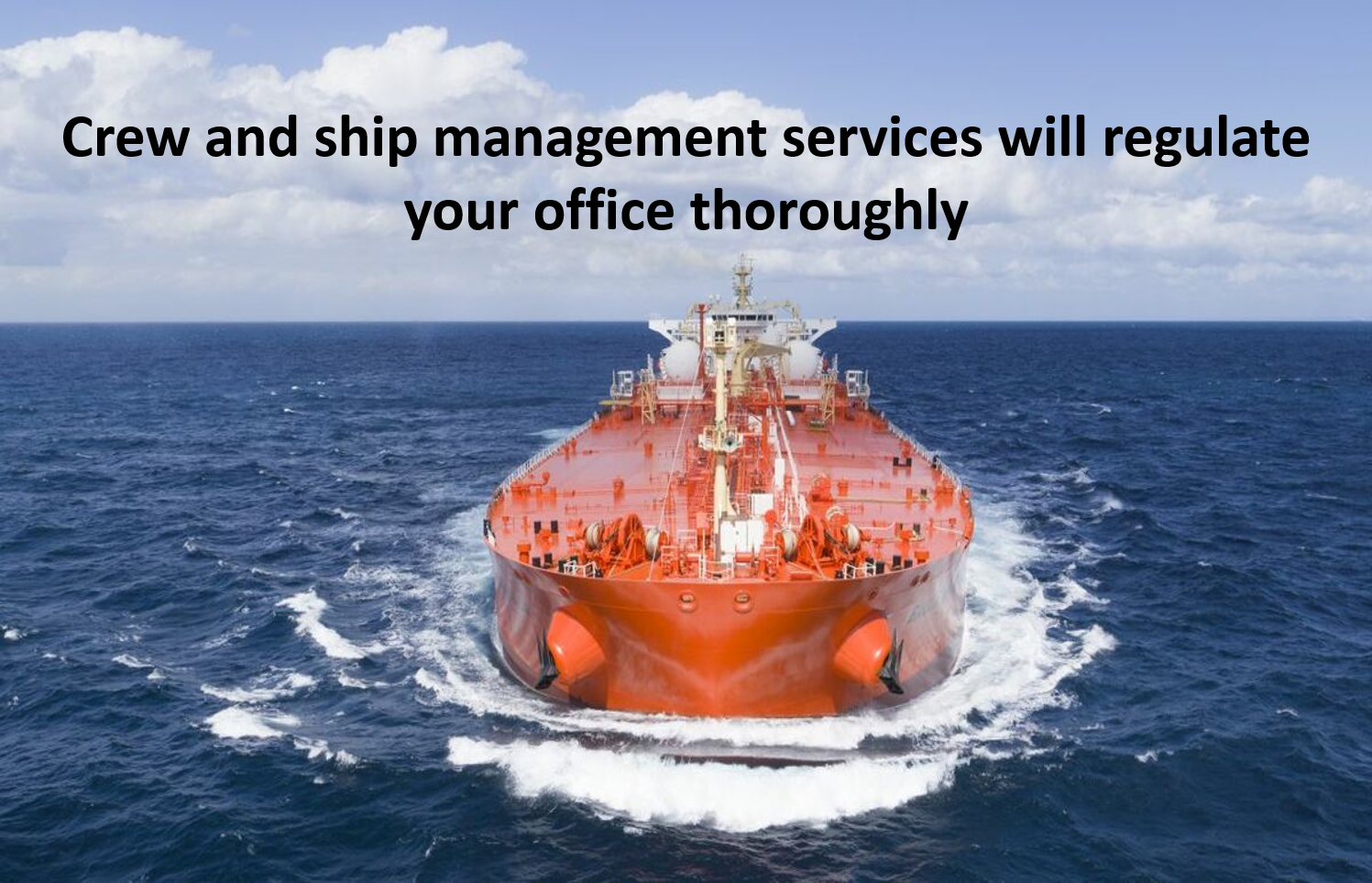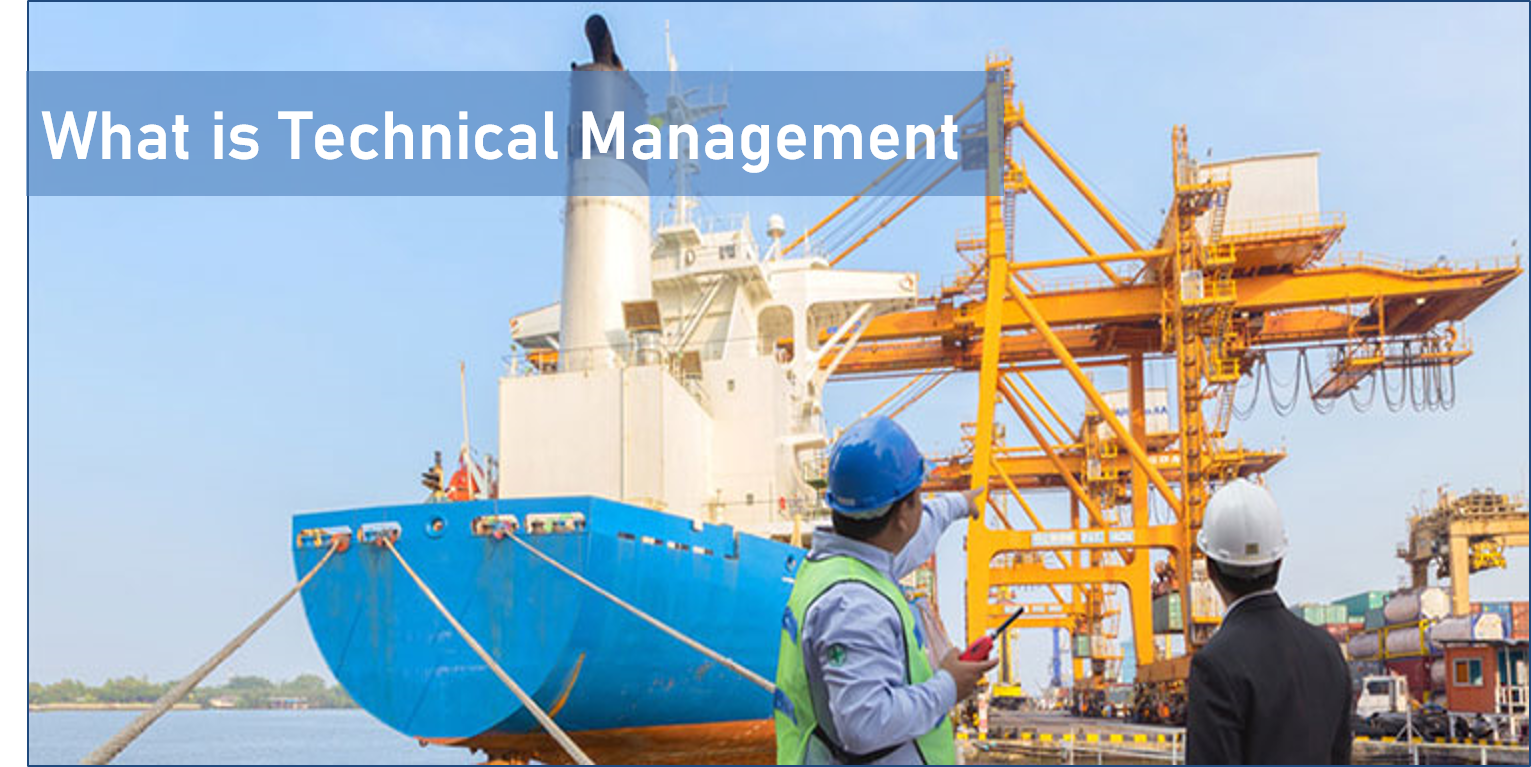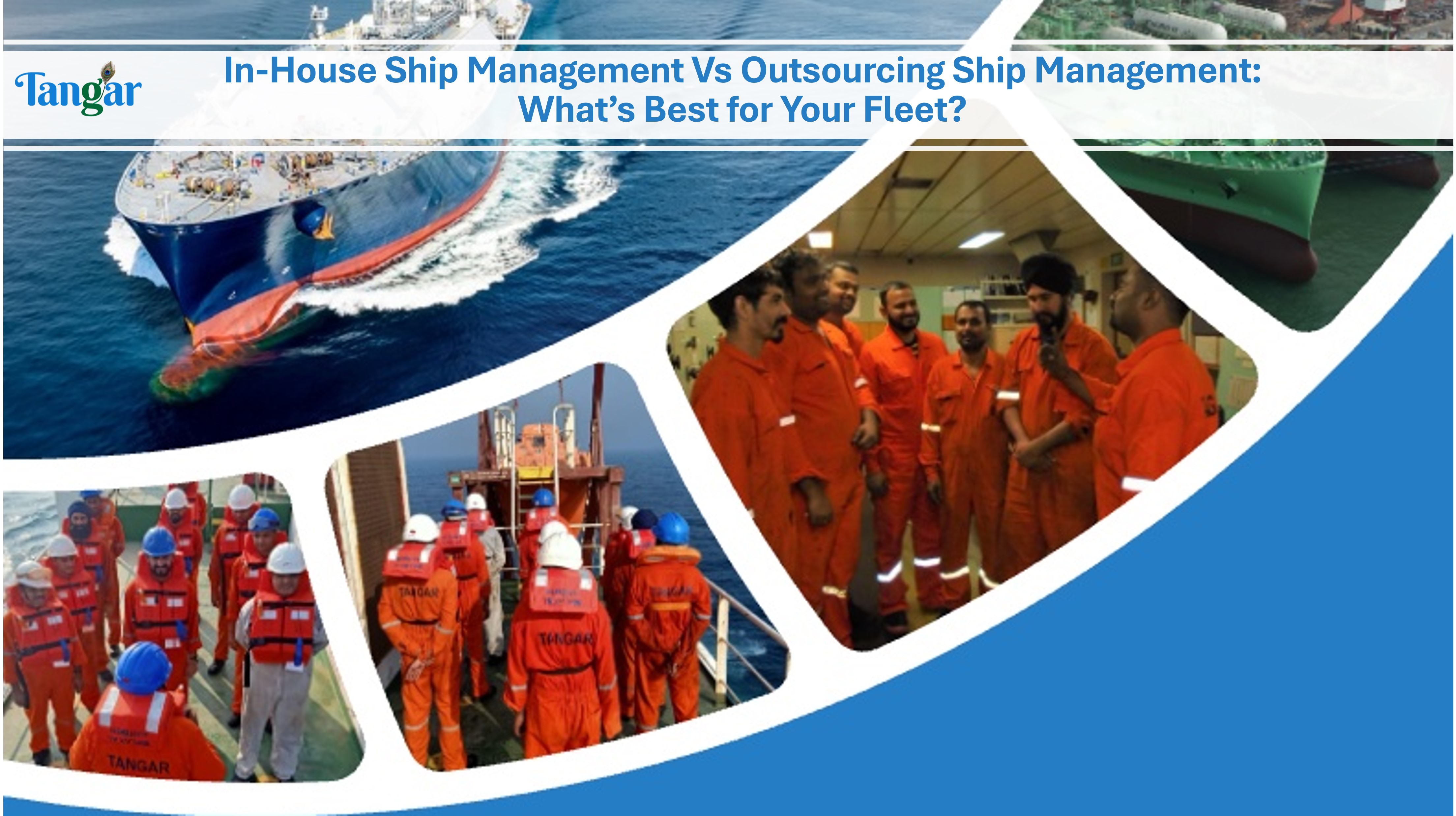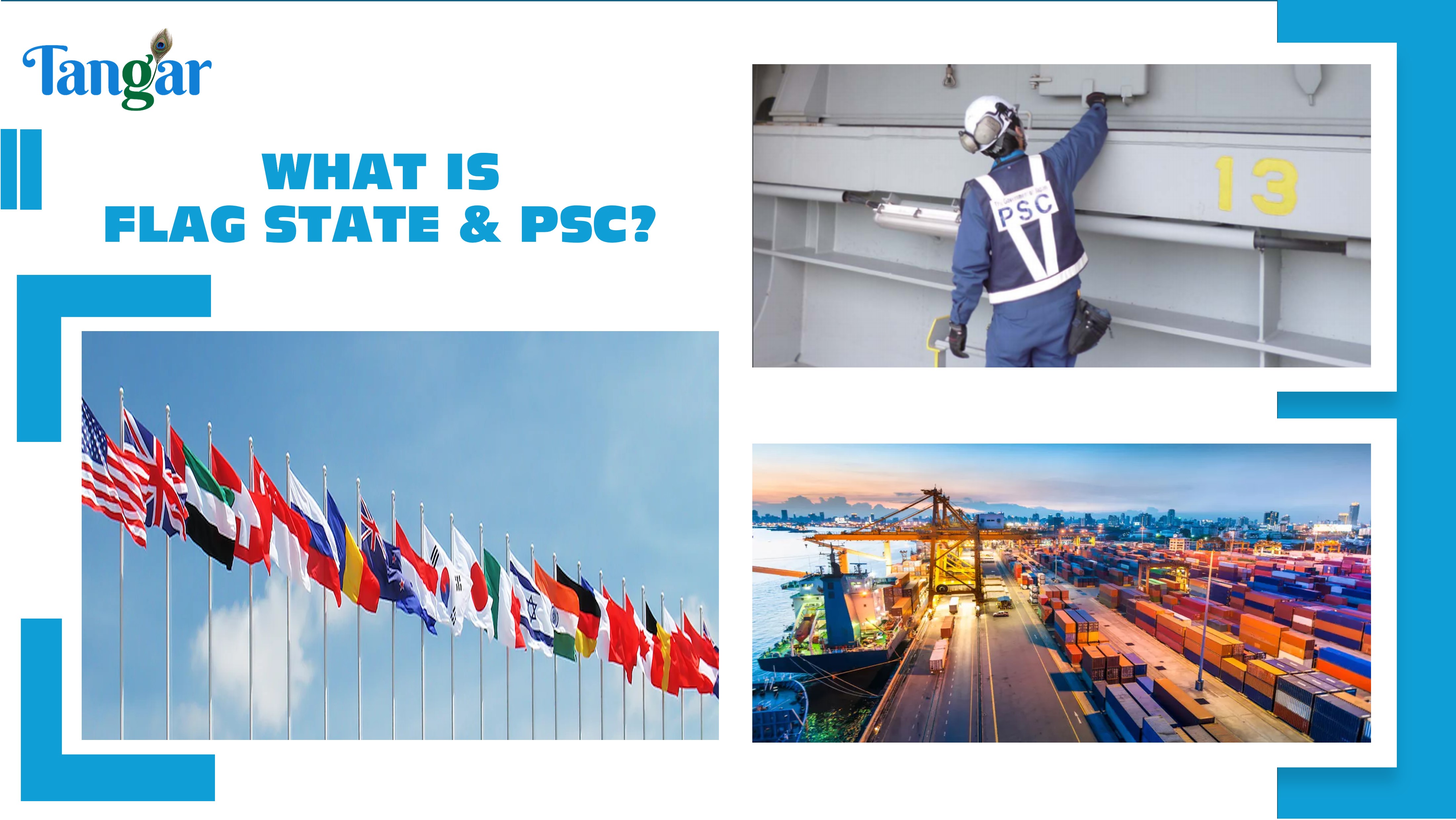
SHIP-TO-SHIP TRANSFERS PROCEDURES & PROTECTION
Best Practices in Ship-to-Ship (STS) Transfers: Ensuring Safe and Efficient Operations
Ship-to-Ship (STS) transfer is the process of moving cargo—typically oil or liquefied gas—between two vessels, either while stationary or underway. These operations are essential when port infrastructure is unavailable or impractical. However, STS transfers involve significant risks, requiring expert coordination, strict adherence to regulations, and robust safety measures.
1. Overview of STS Operations
Objective:
STS transfers enable cargo movement between vessels, often in open seas or designated anchorages, where terminal facilities are absent.
Cargo Types:
Commonly transferred cargo includes crude oil, refined petroleum products, LPG, and LNG.
Key Participants:
-
Two vessels (delivering and receiving)
-
STS service provider
-
Fendering equipment
-
Mooring personnel
2. Key Procedures for STS Operations
Pre-Transfer Preparations:
-
Regulatory Compliance: Secure approvals from maritime authorities and ensure adherence to MARPOL and SOLAS regulations.
-
Cargo Safety Assessment: Review Material Safety Data Sheets (MSDS) and UN numbers for cargo properties.
-
Risk Assessment: Conduct a thorough risk analysis before commencing operations.
-
Weather Monitoring: Assess wind speed, sea conditions, and visibility to determine operational feasibility.
-
STS Location Selection: Choose an approved site with adequate space, minimal environmental hazards, and protection from prevailing winds.
-
Fender Requirements: Typically, at least four jumbo fenders are deployed to prevent vessel damage, depending on vessel size and operational needs.
Vessel Mooring and Positioning:
-
Ship Alignment: Position vessels side by side with fenders in place to prevent direct contact.
-
Mooring Lines: Use high-strength mooring lines, ensuring proper tension and alignment to withstand vessel movement.
-
Mooring Readiness: Prepare mooring lines for quick deployment and have spare lines available.
-
Communication Protocol: Establish a dedicated communication channel with backup methods, ensuring a common working language between ships and STS coordinators.
Cargo Transfer Process:
-
Hose Connection: Securely connect cargo hoses to both vessels’ manifolds and test for leaks.
-
Pumping Operations: Begin cargo transfer at a controlled rate, continuously monitoring tanker pump pressure and flow rates.
-
Tank Monitoring: Regularly check for irregularities in cargo tank pressure, temperature, and levels.
-
Emergency Protocols: Implement contingency measures, including emergency shutdown (ESD) systems and spill containment strategies.
3. Safety and Environmental Protection Measures
Crew Safety and PPE:
-
Crew members must wear personal protective equipment (PPE), including helmets, gloves, goggles, and fire-resistant clothing.
Fire and Explosion Risk Mitigation:
-
Maintain inert gas in cargo tanks to minimize fire hazards.
-
Keep firefighting equipment readily available and ensure crew proficiency in handling emergencies.
Pollution Prevention:
-
Deploy oil spill response gear and containment booms.
-
Comply with MARPOL pollution prevention standards.
-
Train crew members in oil spill response and emergency protocols.
Environmental and Weather Considerations:
-
Wind Limitations: Wind speeds exceeding 30 knots may halt operations; lower thresholds apply for larger vessels.
-
Wave and Swell Restrictions: Swell heights are generally limited to 3 meters, with VLCC operations restricted to 1.5 meters.
-
Weather Forecasting: Continuously monitor meteorological conditions to anticipate potential delays or safety risks.
4. Final and Post-Transfer Procedures
Disconnection and Inspection:
-
Safely disconnect hoses after verifying no residual cargo remains.
-
Conduct final tank checks to ensure proper cargo levels and deballasting.
Documentation and Compliance:
-
Maintain detailed records, including risk assessments, transfer logs, and compliance certificates.
Mooring Release and Vessel Separation:
-
Confirm all operational safety checks before releasing mooring lines.
-
Ensure vessels maneuver safely to resume independent operations.
Abort Criteria:
-
STS transfers should be halted if there is a sudden deterioration in weather, equipment failure, or unexpected risks emerge.
Conclusion
Ship-to-Ship transfers demand meticulous planning, precise execution, and strict safety protocols. Effective communication, well-trained personnel, and adherence to international regulations are essential for successful operations. By implementing best practices, shipowners and operators can minimize risks, ensure environmental compliance, and achieve operational excellence at sea.









